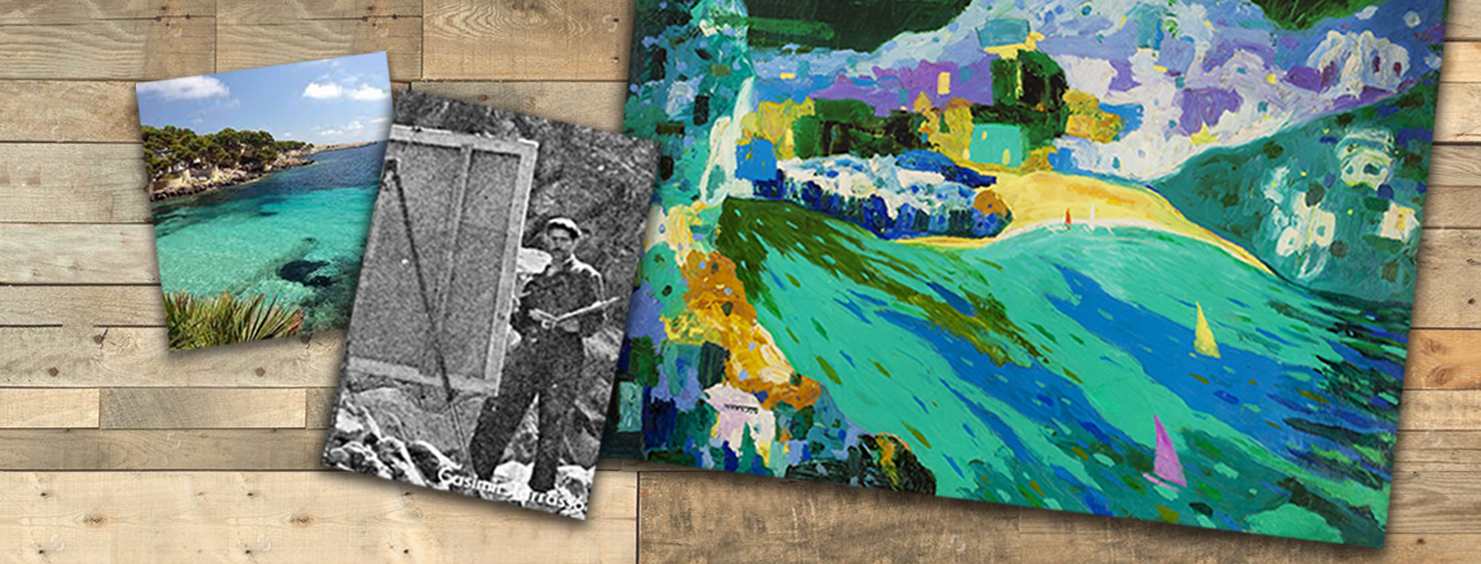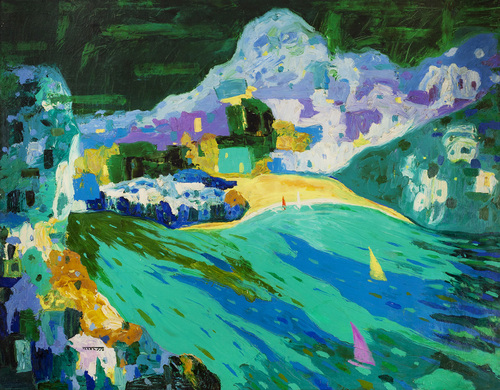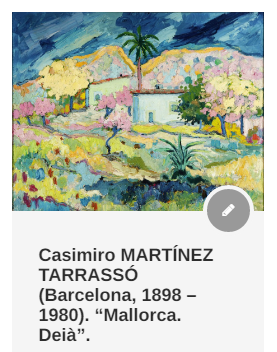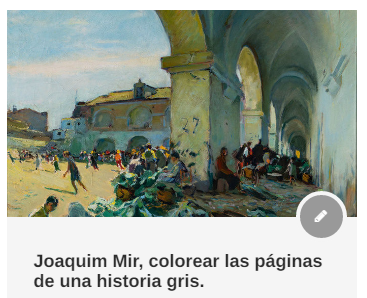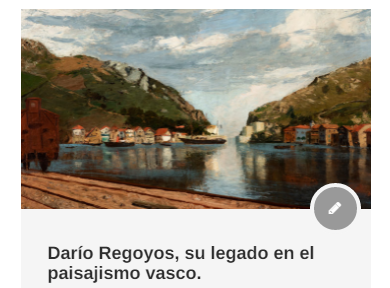Tarrassó: the exuberance of color
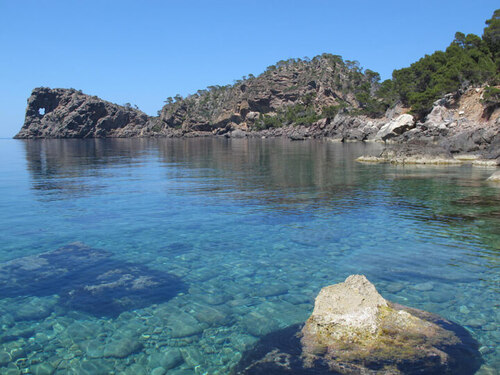
The idyllic Mallorcan landscape has been a source of inspiration for many of the great Spanish artists who, like Casimiro Tarrassó, found on the island the ideal setting in which to experiment and capture the new vitalistic and sensorial spirit that promoted the renewal of the landscape genre. In Mallorca, Tarrassó developed a large part of his production reaching the fullness of his plastic language, in works such as the one that we will present at auction on the 29th.
In his work, the trip he will undertake to Paris to complete his training will be of vital importance. In the French capital he was able to see first-hand the Fauve explosion that dominated the Parisian scene at that time. From that moment on, Tarrassó’s work was marked by the shock that the violent and vital coloring of the Fauvist painters caused in his artistic character.
This Fauve imprint was translated into exuberant paintings inspired by the landscapes he discovered in Mallorca. Since he traveled for the first time to the island that captivated him in 1935, Tarrassó has conceived the landscape from a deeply sensory and intuitive perspective.
Following in the footsteps of the great Catalan landscape painters such as Joaquim Mir, we could affirm that the painting by the Barcelona artist represented another step in the modernization process of the landscape genre.
Completely significant is the work “Costa de Mallorca” made in 1962 in which Tarrassó shows off an artistic personality marked by a deep obsession with chromaticism, which is transformed in works like this one, into bursts of vitality. In this way we will see how the architectures of his lush landscapes appear completely integrated in a harmonious but wild nature, through indefinite spots of color with which he achieves that natural continuum so characteristic of his work. In the same way, mountains, sky and sea merge in an endless number of vigorous tones and thick spatulate with which it builds a certain depth and introduces us to a fully autonomous setting. The chromaticism of an evocative and sensitive subjectivity moves completely away from naturalism to approach the colorist Fauve expressiveness.
In short, Tarrassó is undoubtedly one of the great exponents of Spanish painting who took the landscape genre to the highest level.

